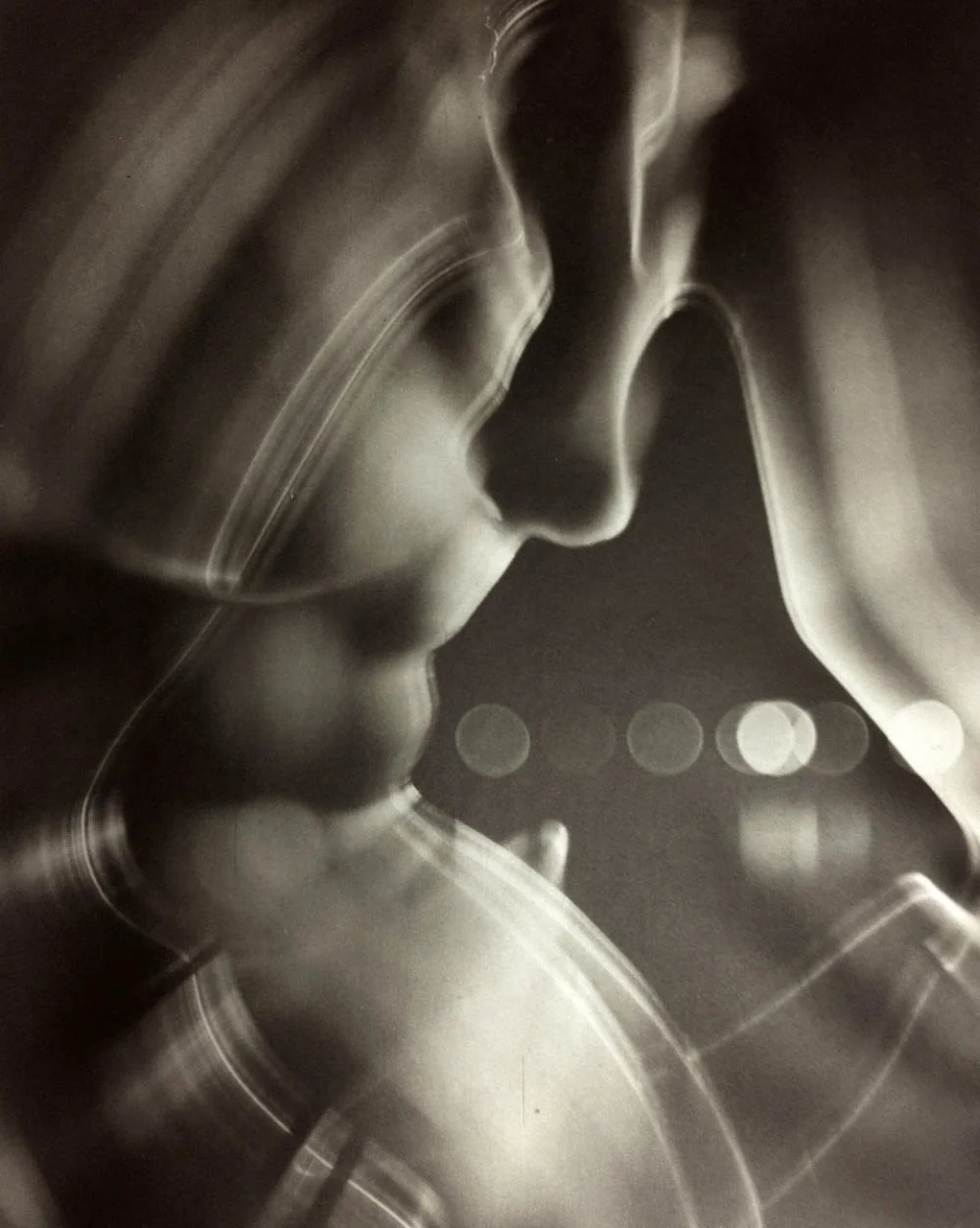Jules Olitski
Mascha, 1961, magna on canvas
Rejector of any impression of a narrative surrounding his art, Jules Olitski left all to color. A fore-front in the color field school, Olitski’s work expresses an almost natural process of creation with pigment gradients that have an ethereal effect. As a color purist, the artist’s hand is undetectable while hues, shades, and tones dominate the canvas.
Tin Lizzie Green, 1964
Cadmium Orange of Doctor Frankenstein, 1962, magna acrylic on canvas, 228.93 x 203.53 cm
Cleopatra Flesh, 1963, magna acrylic on canvas, 264.16 x 228.6 cm
Born in 1922 in Russia, painter, sculptor, and printmaker Jules Oltiski soon emigrated to the United States with his mother and grandmother after his father was executed by the Bolsheviks. Growing up, he quickly took an interest in art and went on to many art schools both in the United States and Paris. He was known for eccentric techniques meant to break his routine or habitual activities such as painting whilst blindfolded.
Pale Blue with Blue and Red, 1970, 88.9 x 66.04 cm
In 1966, Olitski was one out of four American artists shown at the Venice Biennale and three years later was the first living American artist to have a one-man exhibition at the Metropolitan Museum of Art where he displayed his sculptures. Later on, given his extraordinary achieve-ments and a leader in Color Field painting, Olitski was elected into the National Academy of De-sign in 1994.
Instant Loveland, 1968
High, A Yellow, 1967
He was frequently compared to and aligned with other great artists of his time such as Helen Frankenthaler and Morris Louis who used similar methods of staining the canvas. Unlike his contemporaries, Olitski used a spray gun so as to depict color in its most dematerialized and suspended form. His work attempts to create a more airy sense of color that goes beyond the surface of the canvas and takes on a metaphysical manifestation.
Green Rose, 1964
Pink/Blue with Orange, Tan and Yellow, 1970, 88.9 x 66.04 cm
More to read









